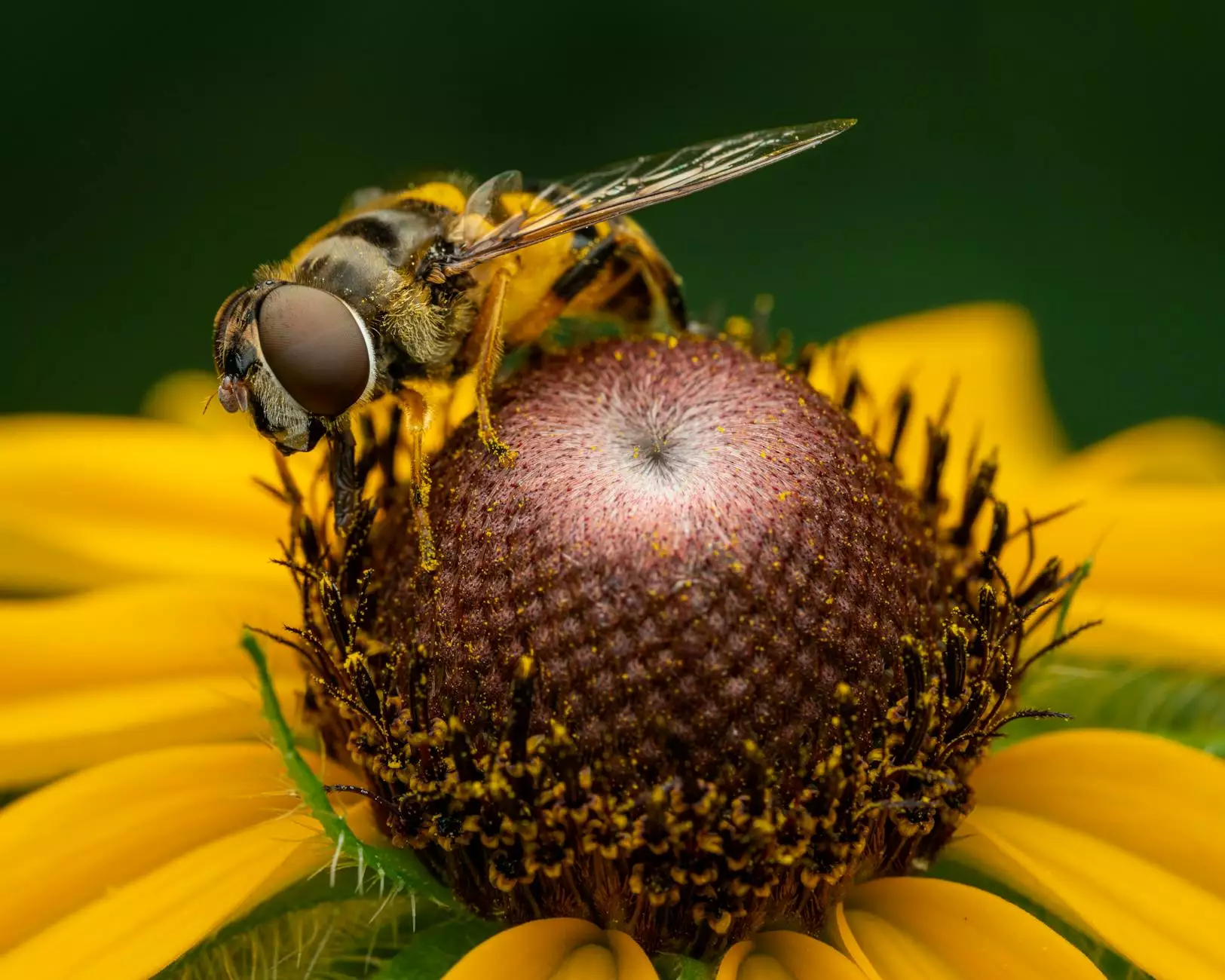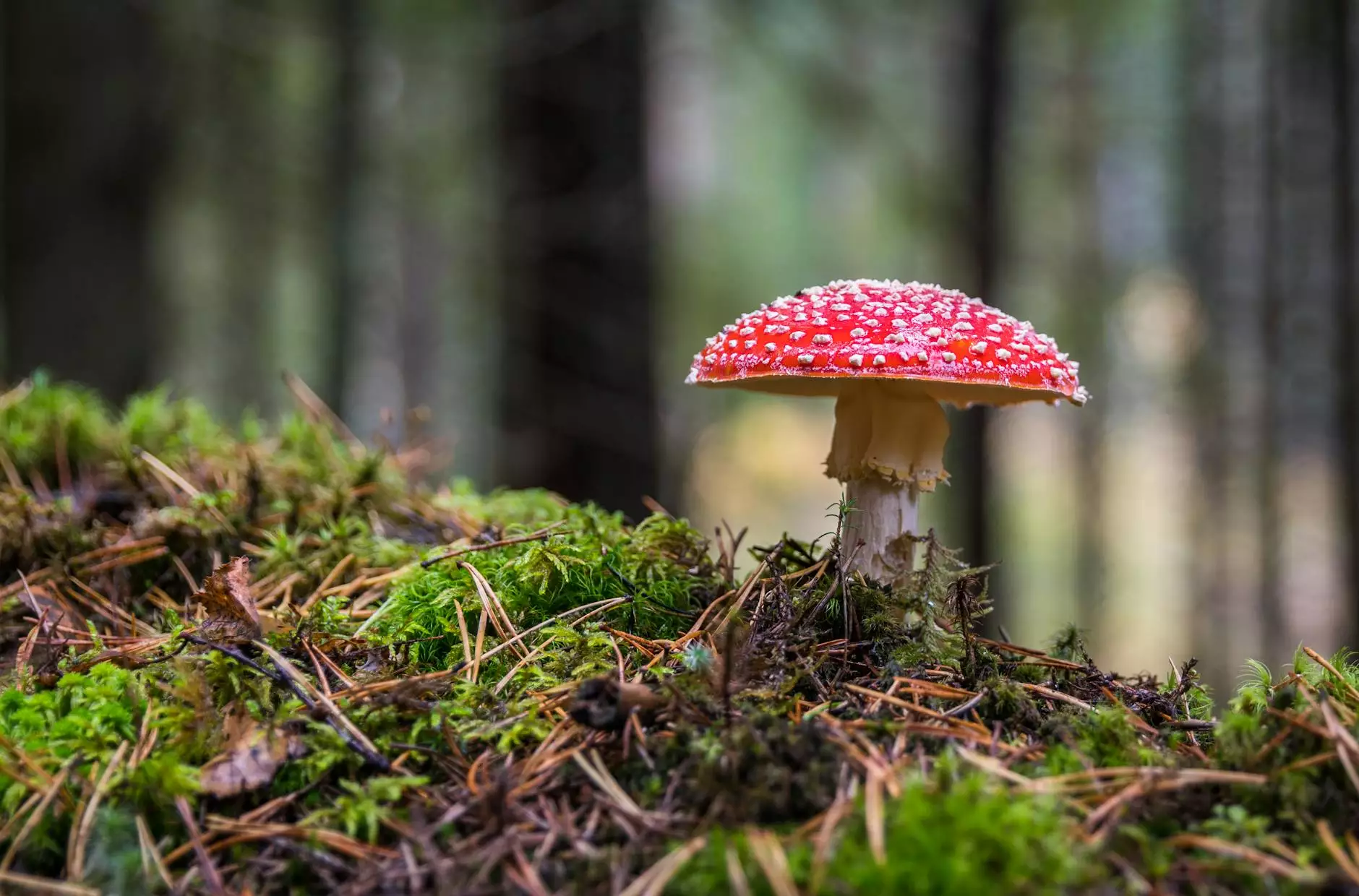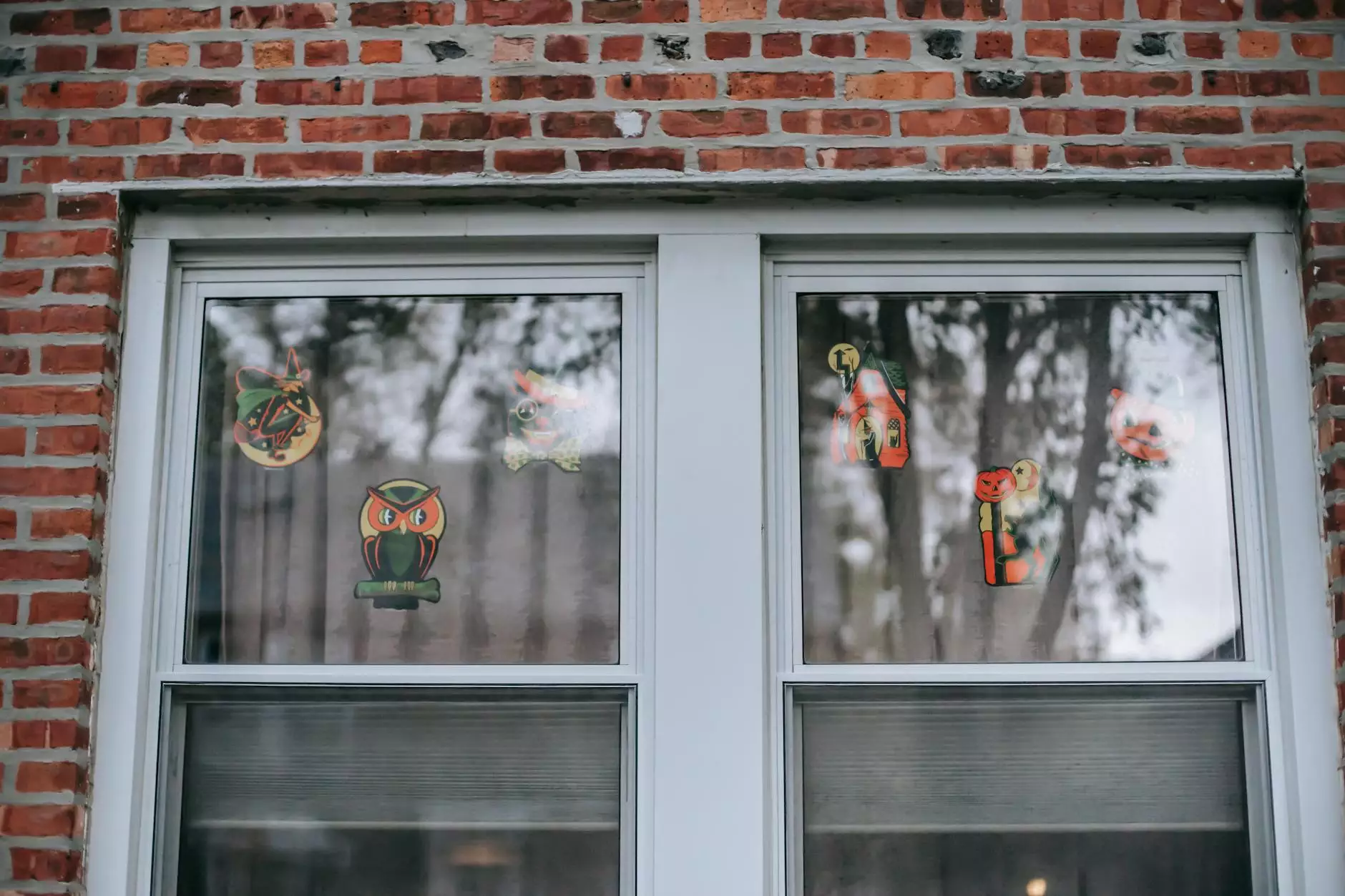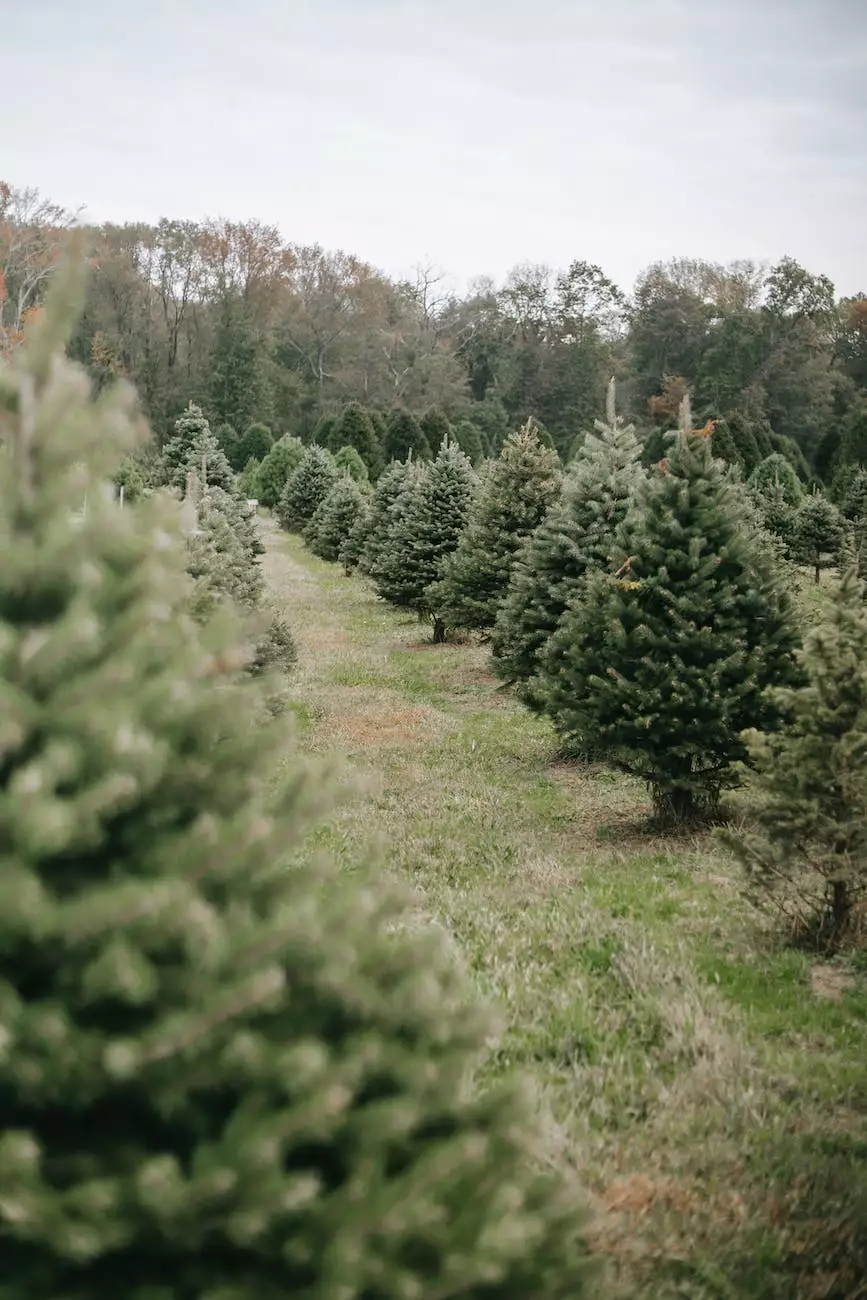Edible Landscaping with Native Plants
Activities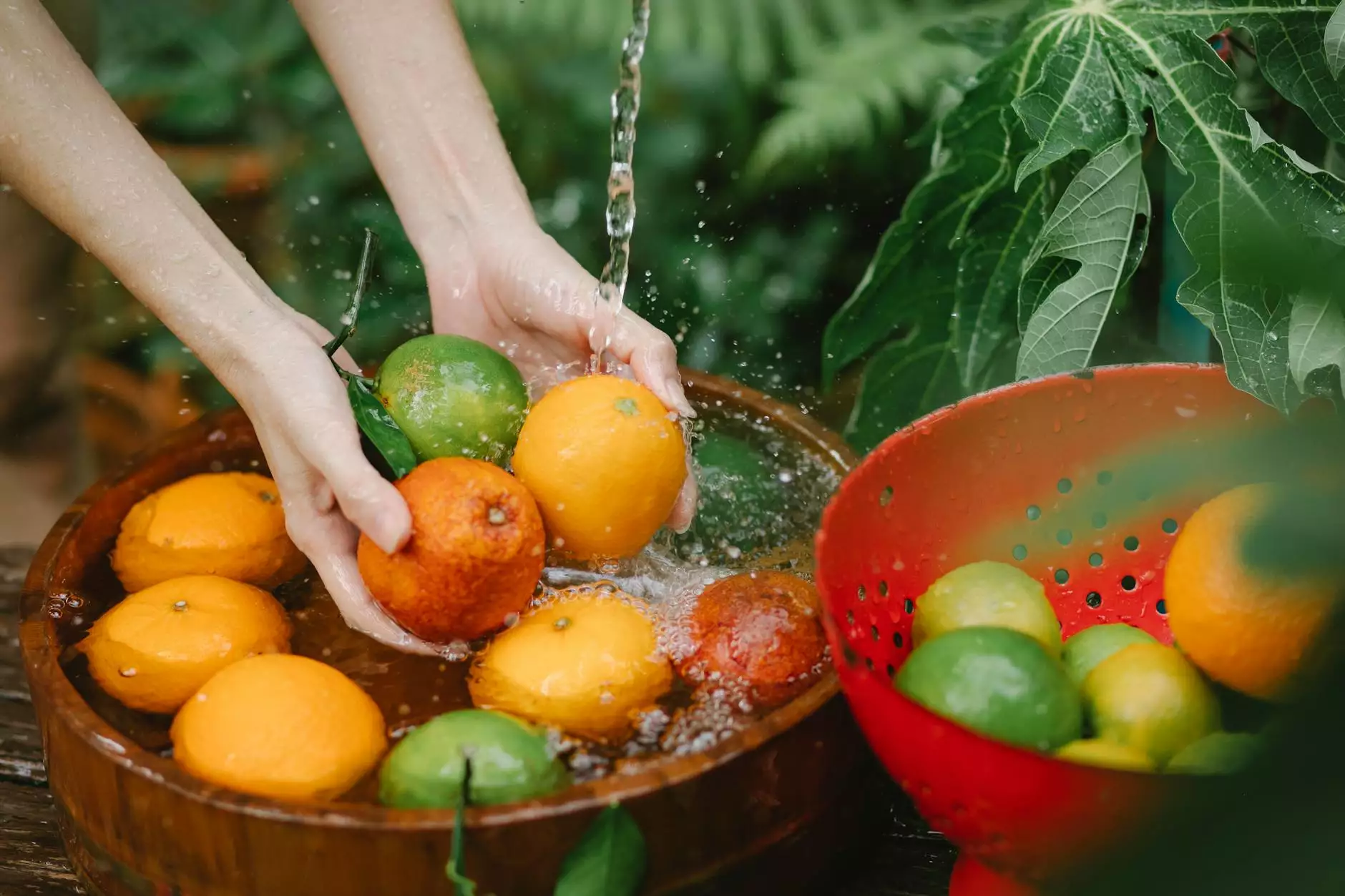
Introduction
Welcome to Eventchic's guide on edible landscaping with native plants. In this comprehensive resource, we will explore the concept of using native plants to create functional and beautiful landscapes that offer a bountiful harvest of fresh, healthy produce. By incorporating edible plants into your outdoor space, you can transform it into a sustainable and rewarding food-producing ecosystem. Let's dive in and discover the numerous benefits and possibilities of edible landscaping with native plants.
The Benefits of Edible Landscaping
Edible landscaping combines the best of both worlds: aesthetics and functionality. Not only does it enhance the visual appeal of your property, but it also provides a practical and sustainable way to grow food. Let's explore some of the key benefits of edible landscaping with native plants:
1. Sustainability
Native plants have evolved to thrive in their specific environments without the need for excessive water, fertilizers, or pesticides. By choosing native edible plants for your landscape, you can significantly reduce water consumption and minimize the use of harmful chemicals. This promotes environmental sustainability and helps preserve local ecosystems.
2. Fresh and Nutritious Produce
Imagine stepping into your backyard and harvesting fresh fruits, vegetables, and herbs. Edible landscaping allows you to enjoy the pleasure of homegrown produce, bursting with flavor and nutrients. Native plants are well adapted to the local climate, resulting in vigorous growth and flavorful harvests.
3. Cost Savings
Maintaining a traditional lawn can be expensive, requiring regular watering, mowing, and fertilization. By replacing portions of your lawn with edible plants, you can significantly reduce your landscaping costs. Additionally, the savings from homegrown produce can be substantial when compared to purchasing organic produce from stores.
4. Wildlife Habitat
Native plants play a vital role in supporting local wildlife. Edible landscaping not only benefits you but also creates habitats for birds, butterflies, bees, and other beneficial insects. By cultivating native plants, you contribute to the overall biodiversity of your surroundings and help maintain a healthy ecosystem.
Choosing the Right Native Plants
Selecting the appropriate native plants for your edible landscaping project is crucial for success. Consider the following factors when making your choices:
1. Local Climate and Soil Conditions
Native plants are naturally suited to thrive in specific climates and soil types. Research which plants are native to your region and match them to the conditions of your landscape. This will ensure their adaptability and optimize their growth potential.
2. Edible Parts and Harvest Times
Different plants offer various edible parts, such as fruits, leaves, or roots. Consider your personal preferences and dietary needs when selecting plants. Additionally, be aware of the harvest times for each plant to carefully plan your garden for a continuous supply of fresh produce throughout the year.
3. Space Availability
Assess the space available in your yard to determine the quantity and size of plants that can be accommodated. Take into account the eventual growth and spread of the plants to ensure they have enough room to flourish without overcrowding.
Designing Your Edible Landscape
The design of your edible landscape should maximize both aesthetic appeal and functionality. Follow these tips to create a harmonious and productive outdoor space:
1. Zoning
Divide your edible landscape into zones based on plant requirements and their ideal growing conditions. This allows you to group plants with similar needs, making it easier to provide appropriate care and maintenance. Consider factors like sunlight, water, and soil preferences when zoning your garden.
2. Companion Planting
Companion planting involves strategically placing plants that benefit one another in close proximity. Some plants naturally repel pests, while others attract beneficial insects for pollination. Research companion planting combinations to create a mutually beneficial ecosystem that reduces the need for pesticides.
3. Vertical Gardening
To maximize space utilization, consider incorporating vertical gardening techniques. Utilize trellises, arbors, or vertical planters to grow climbing plants, such as beans or grapes. This technique adds visual interest and can increase your overall harvest.
Maintenance and Care
Edible landscapes require regular maintenance to ensure optimal growth and productivity. Follow these maintenance tips to keep your native plants thriving:
1. Watering
Native plants typically require less water than non-native species due to their adaptability to the local climate. However, providing adequate hydration, especially during dry spells, is crucial for the plants' well-being. Water deeply and infrequently to encourage deep root growth.
2. Mulching
Apply a layer of organic mulch around your plants to conserve moisture, suppress weeds, and improve soil health. Organic matter, such as wood chips or straw, slowly decomposes and returns valuable nutrients to the soil, enriching it over time.
3. Pruning and Harvesting
Regular pruning removes dead or damaged plant parts and promotes healthy growth. Harvest your crops at the appropriate times to ensure their peak flavor and quality. Proper harvesting techniques vary for different plants, so familiarize yourself with each species' requirements.
Conclusion
Edible landscaping with native plants brings together the best of nature and functionality. Eventchic hopes this comprehensive guide has inspired and equipped you with the knowledge to transform your outdoor space into a sustainable source of fresh produce. By incorporating native plants, you can create a harmonious ecosystem that not only pleases the eye but also enhances your overall well-being. Embark on this rewarding journey and let the flavors of your own edible landscape delight your taste buds season after season.

